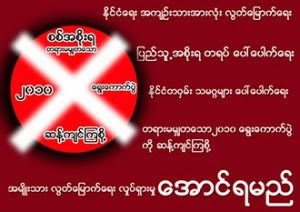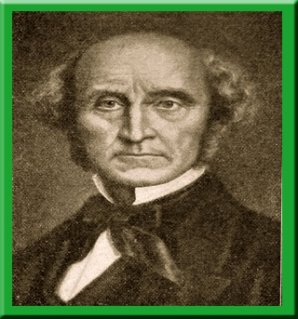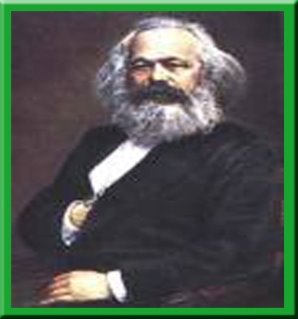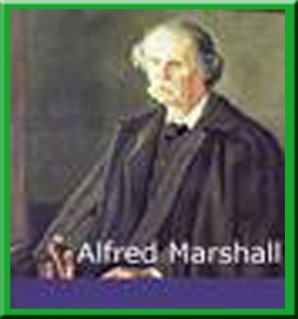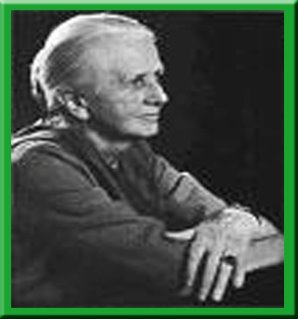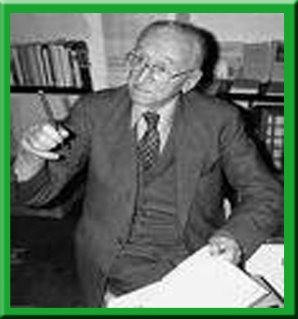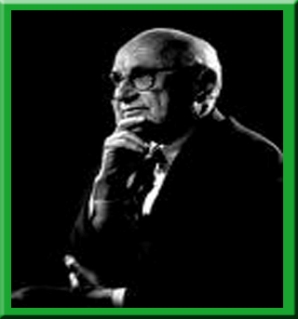The word ‘Federalism’ came into my life for the first time over 16 years ago. It was the 4th grade history book that includes that the military is the savior of the country trying to prevent the disintegration of the Union of Burma. It pointed out the fact that the ethnic leaders tried to jeopardize stability of the state by asking for federalism in 1962. As we children were very young to consider between the right thing and the propaganda, and also brought up in the families that had no real political awareness, we had to learn it by heart and were brainwashed.
Fortunately, I got the opportunity to get out of this propaganda world later. However, some of my friends and young persons did not get this chance and still getting along with the propaganda. It is our responsibility to give the rightful ideas to the persons being brainwashed by the military regime in Burma. This essay is only dedicated to the young generations from the military, union solidarity and development association and other organizations, which do love the country and interested in the progress of our country; not dedicated to the opportunists.
Concepts
Federalism is a political model in which two levels of government have constitutional power to legislate and govern. One level governs with respect to the country as a whole, the others with respect to one of the provinces or states that make up the federation.
Federalism allows the divergent groups of people with significant differences in culture, language, religion or history to achieve union for the shared purposes and objectives.
The Centre for Research and Information on Canada-Montreal categorized the three federal systems such as _
Established Federations (US, Switzerland, Canada, Australia, Germany, Austria)
New Commonwealth Federations (India, West Indies, Nigeria)
Recent systems (Spain, Belgium)
Established Federations (US, Switzerland, Canada, Australia, Germany, Austria)
New Commonwealth Federations (India, West Indies, Nigeria)
Recent systems (Spain, Belgium)
Two important elements of federalism are _
¨ the respective sovereignty, or quality of being supreme in power or authority of national and state governments; and
¨ the power of the nation’s highest court to oversee and reverse the decisions of the state courts
There are a lot of ways to describe federalism. However, Janda, Berry and Goldman (2005) identified two common representations of the system; dual federalism and cooperative federalism.
The dual federalism theory has some elements and it is about the relationship between the national government and the states.
The national government rules by enumerated powers only.
The national government has a limited set of constitutional purposes.
Each government unit-nation and state- is sovereign within its sphere.
Generally speaking, the dual federalism metaphor looks like a layer-cake.
In contrast, the cooperative federalism recognized the overlap between state and national functions as the constitution is an agreement among the people who are citizens of both nation and state. It has 3 main elements as _
national and state agencies undertake government functions jointly
nation and states routinely share power
power is not concentrated at any government level
Generally speaking, the cooperative federalism looked like a marble cake metaphor. (Janda, Berry, Goldman, 2005:101)
Application
In this section, I would like to use the example of the Federal Republic of Germany.
The Federal Republic of Germany is a country with seventeen governments. These include a federal government and sixteen state governments. State governments are powerful entities within their own jurisdiction and at the federal level. At the federal level, the power of the states is institutionalized in the Bundesrat (upper house of federal parliament), the collective representation of the states. It plays a key role in policy making process and manages the articulation of the state governments and communications between the states and federal government well.
On the other hand, the lower house of federal parliament, Bundestag, is the major organ in legislation. No law can be passed without the consent of majority in Bundestag. It has two main chambers such as working chamber and debating chamber. The working chamber emphasized on committee work, legislation and the control of executive while debating chamber emphasized in the process of parliamentary deliberation. There is a mediation committee to formulate a compromise proposal to settle disputes between the upper house and lower house.
At the state level, each state is headed by a minister-president elected in the state parliament. Each state has its own constitution, co-government, legislation and administration. The institutional structure emphasizes cooperation and compromise-seeking. The federal government and state governments have joint tasks in education, science and research, economic development, financial planning and environmental policy.
Indeed, federalism emphasizes the goal of equal living conditions in federal territory and preservation of legal and economic unity.
(Schmidt,2004, Oxford Univeristy Press)
Conclusion
In conclusion, it is clear that federalism is not the cause of disintegration of the union as the military regime in Burma claimed. It is only the system that allows the unity within diversity and the best solution for state formation conflict as like in Burma.
Khin Ma Ma Myo (29/10/2006)






















